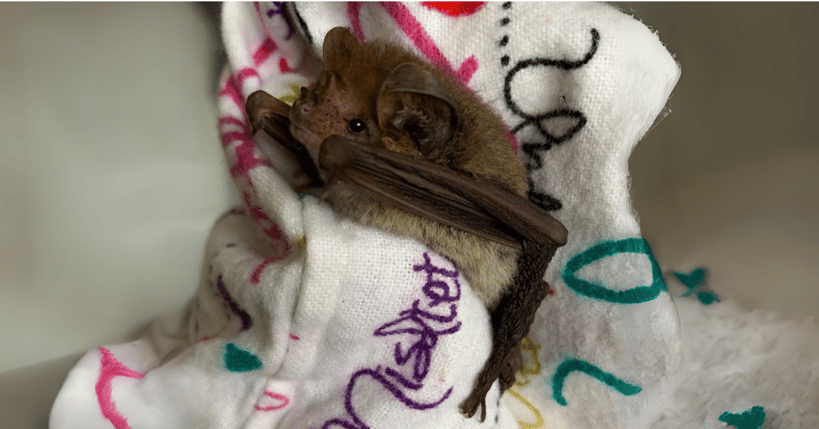Microbats
Microbats
These diminutive creatures typically form colonies of around half a dozen individuals. Renowned for their prowess in insect control, microbats consume a remarkable 50% of their body weight in insects each night. Their droppings pose no known disease risk, drying quickly without generating significant odour. Microbats exhibit cleanliness and sociability, refraining from gnawing on wood, wires, or insulation.
Bats share common senses such as smell, hearing, sight, and touch with humans, but they boast the unique abilities of flight and a sophisticated navigation and prey detection system. In contrast to flying foxes, microbats utilise echolocation, emitting high-frequency sound pulses through the nose or mouth. A specialised flap of skin in front of the ear directs the returning echoes, forming a detailed "sound picture." While in flight, microbats emit around ten pulses per second, increasing to over 100 per second when detecting prey. Australia is home to numerous microbat species, with weights ranging from 3 to 30 grams, and unfortunately, many are classified as threatened species. These bats primarily roost in tree hollows or beneath bark, although some species have adapted to living in building cavities.
Microbats belong to the mammalian category, are covered in fur and are characterised as warm-blooded placental animals. They nurture their young with milk produced by the mothers.

Habitat Threats
Despite their vital ecological role, microbats face threats to their existence and habitats. Human activities, such as deforestation and urbanisation, contribute to the destruction of their natural roosting sites. Pesticides and insecticides diminish the bats' insect prey, further jeopardising their survival. Climate change also poses challenges, affecting their prey abundance and altering roosting conditions.
If you're skilled with a hammer, consider crafting nesting boxes for WIRES, as our committed wildlife rescuers and carers constantly require these resources. Your contribution of nesting boxes, including those designed specifically for microbats, will significantly aid in rehabilitating sick, injured, orphaned and displaced wildlife. Your hands-on support directly assists those on the front lines, addressing the ongoing need for essential tools in caring for and rehabilitating our diverse wildlife. Download instructions on how to build a habitat box for Microbats, and when finished, fill out our Donate Goods form, and we will contact you.
Found an injured Microbat?
If you see a sick, injured or orphaned microbat, please keep your distance, do not touch it or try to contain it.
Call WIRES Rescue Line immediately on 1300 094 737 or fill in the Report a Rescue form below.
All WIRES bat rescuers have been vaccinated, and these rescues will be attended to ASAP by our rescue team.
Microbats can carry a virus that is very dangerous to humans. Whilst very few are believed to have the virus, no risks should be taken.
Report a Rescue
For wildlife rescue assistance you must call 1300 094 737 or fill in the Report a Rescue form. All other forms of contact including Facebook are not monitored for rescues.